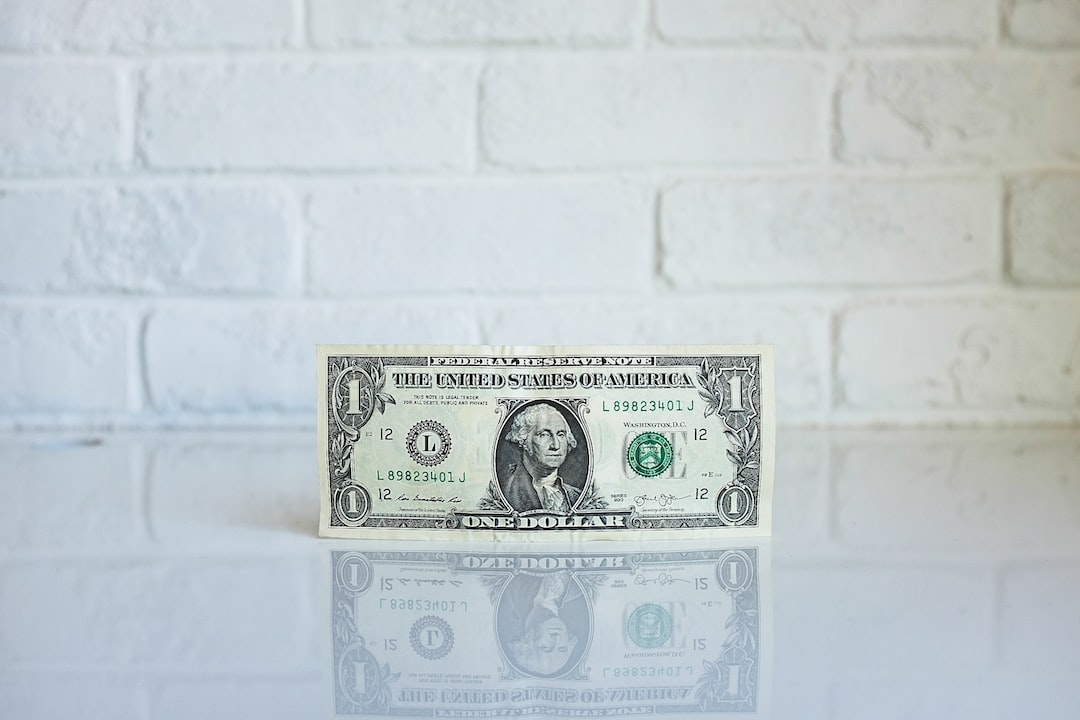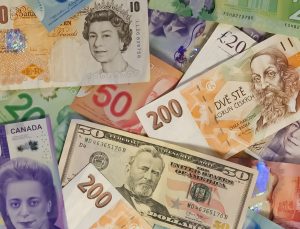Forex trading is a popular investment strategy that involves buying and selling currencies to make a profit. One of the key advantages of forex trading is the ability to leverage your investment, meaning you can control a larger amount of money than you actually have in your account. However, leveraging can also be risky, and it’s important to understand when your position will close to avoid potential losses.
When you open a forex trade, you are essentially buying or selling a currency pair. For example, if you believe that the euro will increase in value relative to the US dollar, you might buy the EUR/USD currency pair. If you’re right and the euro does increase in value, you can sell the currency pair for a profit.
The amount of money you can make on a forex trade depends on the size of your position and the movement of the currency pair. If you’re trading with leverage, you can control a larger position than you could with your own funds. For example, if you have $1,000 in your forex trading account and your broker allows you to leverage your investment by a factor of 50:1, you can control a position worth $50,000.
However, leveraging also increases your risk. If the currency pair moves against you, you can lose more money than you have in your account. In this case, your broker will issue a margin call to ask you to deposit more funds or close your position to limit your losses.
So, when does your position close when leveraging forex? There are a few factors to consider:
1. Margin level
Your margin level is the amount of equity in your account as a percentage of your used margin. Used margin is the amount of money that your broker sets aside to cover your open positions. If your margin level falls below a certain threshold, your broker may issue a margin call and ask you to deposit more funds or close your position.
The exact margin level threshold depends on your broker and the currency pair you’re trading. Typically, brokers require a margin level of at least 100% to keep your position open. If your margin level falls below this threshold, your position may be closed automatically.
2. Stop loss order
A stop loss order is a tool that allows you to limit your losses by automatically closing your position if the currency pair moves against you. You can set a stop loss order when you open your trade, and it will remain in effect until you cancel it or the trade is closed.
If the currency pair reaches your stop loss level, your position will be closed automatically, regardless of your margin level. This can help you limit your losses and manage your risk.
3. Take profit order
A take profit order is a tool that allows you to lock in your profits by automatically closing your position when the currency pair reaches a certain level. You can set a take profit order when you open your trade, and it will remain in effect until you cancel it or the trade is closed.
If the currency pair reaches your take profit level, your position will be closed automatically, regardless of your margin level. This can help you lock in your profits and avoid potential losses if the market suddenly turns against you.
In conclusion, leveraging forex can be a powerful investment strategy, but it’s important to understand when your position will close to avoid potential losses. Your margin level, stop loss order, and take profit order are all important factors to consider when opening a forex trade with leverage. By managing your risk carefully and keeping a close eye on your position, you can maximize your potential profits and minimize your potential losses.





